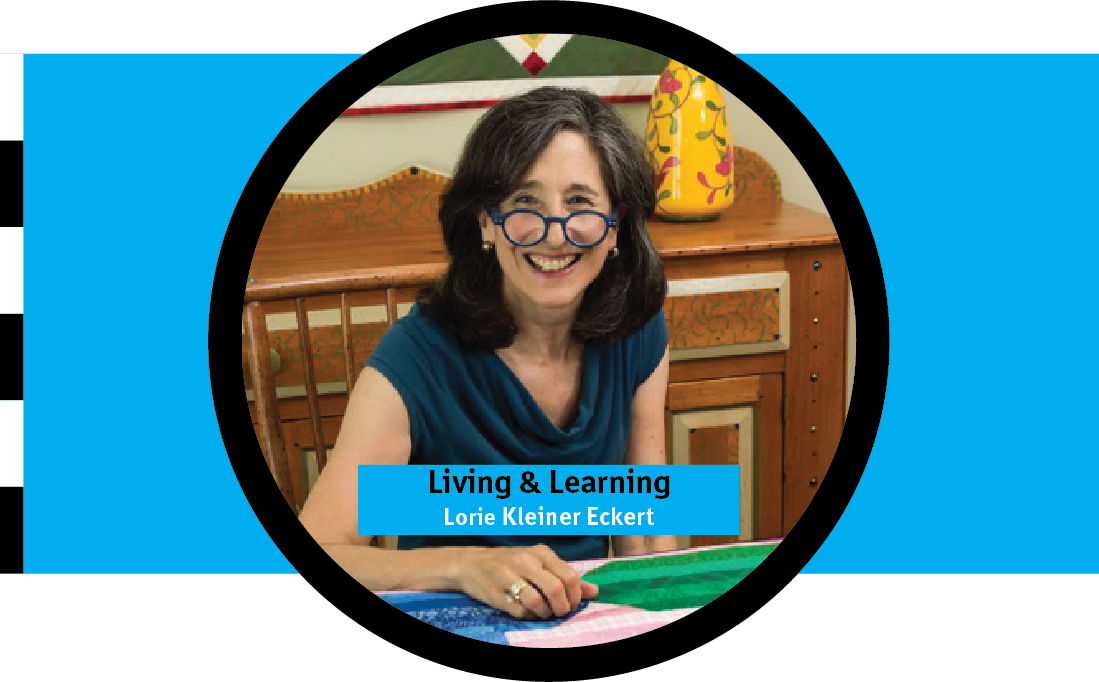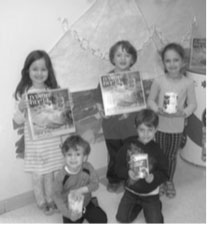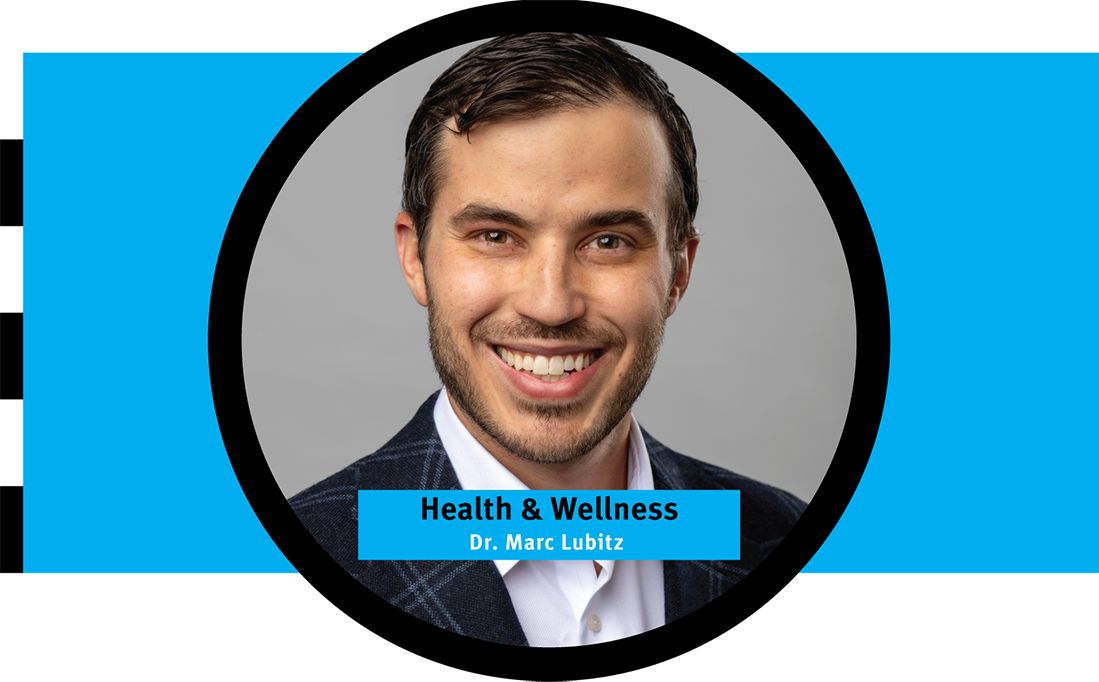In 2014, I took a European tour that included Warsaw and Krakow. Our tour guide had a vast knowledge of Poland’s history from 600 CE to the present. From him I learned that in the early 1900s, Russia controlled Poland. Military service at that time was a ten-year term and a virtual death sentence. The Russians worked the Poles to death building the Trans-Siberian Railroad or used them as cannon fodder in whatever war they were fighting.
Many Polish Jews and Christians left their homeland to escape such servitude. The guide had us raise our hands if part of our family’s history included a relative who avoided conscription into the Russian army. It was amazing to see how many hands went up alongside mine. And it was amazing to suddenly recognize my grandfather for what he was — a smart and courageous person brave enough to get out.
My grandparents left Poland in 1905. The rest of the extended family was not so fortunate. To our knowledge, they all perished in the Holocaust.
On that 2014 trip to Europe, I visited Auschwitz and Birkenau. And I saw Holocaust memorials in Budapest, Vienna and Prague. I was surprised that I was more shaken by the memorials in these cities than I was by the concentration camps. I had expected the extermination camp to be horrific, which it was, but I was completely unprepared for the fact that at every stop of the tour, there was ghastly evidence of what antisemitism looks like when it goes unchecked.
In Prague, for instance, we saw the Pinkus Synagogue which memorializes the 77,297 Jewish victims of the Holocaust from Bohemia and Moravia. To acknowledge them, each name is engraved on a wall of the Synagogue including the person’s date of birth, date of transport to the camps, and date of death. Names and more names. Walls full of names, 77,297 to be exact.
And then in an upstairs room of the Pinkus Synagogue, artwork was on display. The pieces were created by the children who were incarcerated in Terezin between 1942 and 1944. Each piece listed the name of the child who created it, the child’s date of birth, and the child’s date of death. Only 10% of the children survived the war.
It was staggering.
I vowed after that trip to go back some day — to Poland — to somehow “connect” with my family. I am days away from honoring that commitment. My daughter and I will participate in a nine-day Jewish heritage tour there.
In anticipation of our travels, friends have wished us “a wonderful trip”! I understand their intentions fully. But somehow, three concentration camps in nine days — Auschwitz, Majdanek, and Treblinka — can’t qualify as wonderful. So what will this trip be?
According to Lisa Cook, our tour organizer, we will not be crying the whole time we are there. I am skeptical, but this will be the ninth group she has led to Poland, and she should know.
In an interview, she said this of past trips: “Poland is a sad place to visit. It is literally the world’s biggest Jewish graveyard. But aside from the sadness and trauma that we’ve encountered, we’ve also taken a deep dive into 600 years of Jewish history in Europe — a history that is rich, meaningful, and beautiful. There is so much to learn about what Jewish life WAS, and what it can BE, by standing in those places and bearing witness to the strength and depth of our past.”
On past trips she says they have had a Havdalah service at the deportation point of the Krakow ghetto. This is a ceremony that marks the end of the sabbath and includes a special candle with two wicks that therefore gives off significant light. In this manner, they brought “light into a place that had been subsumed in total darkness.”
I hope we have that opportunity as well, though I am certain this will be one of the times that we will all be crying.
Since signing up for this trip, I have tried to research my Kleiner/Broadlap family and have had some success, but not enough to actually find our home there. According to hints in my grandparents’ naturalization papers, we might be from a town called Mszczonow. But maybe not. More research will follow after this trip and if I get lucky and find our home, a third trip may be in my future.
As I think back on my 2014 European tour, it was not billed as a Jewish Heritage trip. It was a tour of Europe that included choices for daily touring — and some of those choices were Holocaust related. Now I will be on a Jewish heritage trip. We will take the Holocaust out of the background and give it its rightful place, center stage in history — just as it is center stage in my family’s life.
After that first trip I pledged to return to Poland someday. As I do so now, it is my mindset that I am going there to make a pledge in person, to my long-gone family:
I will remember you.
I will remember the Holocaust and its lessons.
I will do what I can to be sure history does not repeat itself.




